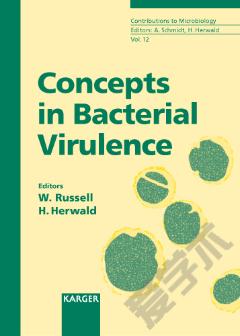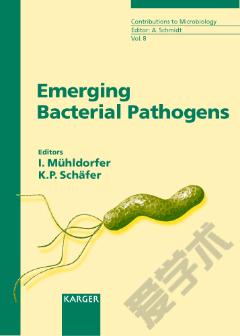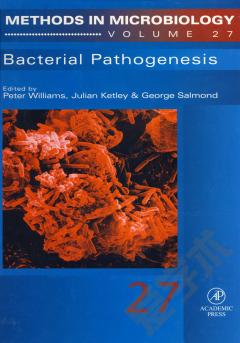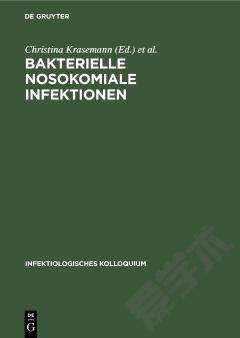Concepts in Bacterial Virulence
Over the past few decades the increase in bacterial resistance has led to the search for novel antibacterial therapies and a better understanding of virulence mechanisms used by pathogens. It has been shown that the interplay between pathogenic bacteria and the host is complex and finely balanced. Successful pathogens can manipulate host homeostasis and normal cell functions using a variety of molecular strategies. This volume of the Karger book series Contributions to Microbiology summarizes some of the most important bacterial virulence mechanisms. Eminent scientists provide an update on recent findings in their fields. This state-of-the-art account will not only attract the interest of clinical and preclinical researchers, but will also be of great value to students with an interest in medicine, biology, chemistry, and infectious diseases.
{{comment.content}}








 京公网安备 11010802027623号
京公网安备 11010802027623号